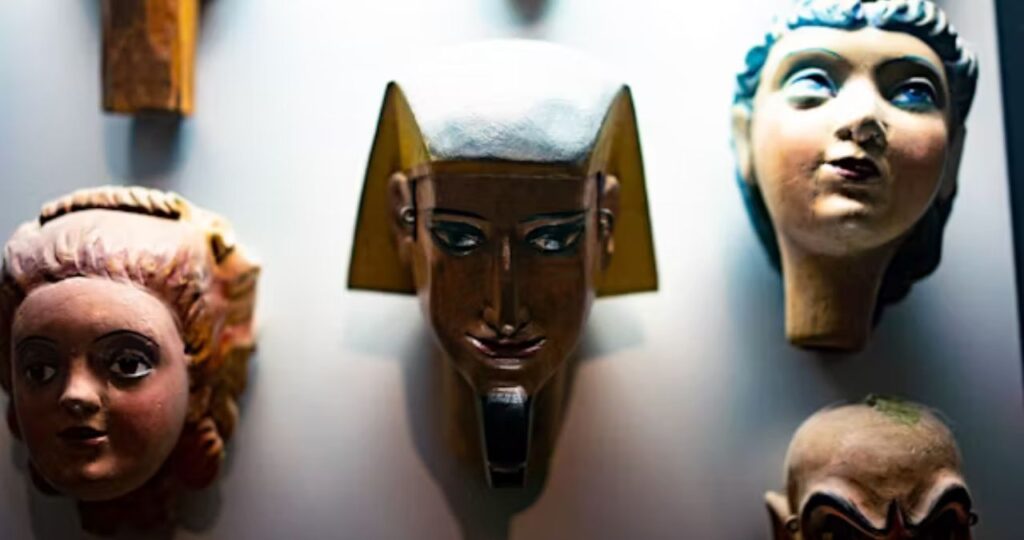In the fast-changing digital age, new symbols, archetypes, and personas emerge from online spaces, shaping the way communities interact, create, and imagine meaning. One such concept gaining attention is Kamababa—a term that blurs the line between myth and meme, tradition and reinvention, digital persona and cultural archetype.
While “Kamababa” may not stem from ancient mythology, its role in modern discourse highlights how internet-driven cultures generate their own myths and symbols, often echoing age-old archetypal patterns. This article unpacks the myth, meaning, and cultural role of Kamababa, exploring how it reflects human identity in the digital age.
Origins of Kamababa: A Digital Myth in Motion
Unlike traditional myths rooted in religious or folklore traditions, Kamababa is an internet-born archetype, evolving across online communities, forums, and cultural conversations. Its origins remain somewhat mysterious, lending it a myth-like quality. Some see Kamababa as a playful creation—part satire, part storytelling—while others frame it as a character that represents modern anxieties, desires, or contradictions.
This ambiguity is what makes Kamababa compelling: it is not tied to a single origin story but constantly reshaped by digital culture.
The Meaning Behind Kamababa
At its core, Kamababa embodies the fluidity of identity in the digital era. Just as mythological figures once symbolized universal human struggles—love, power, wisdom, chaos—Kamababa reflects contemporary challenges:
-
Multiplicity of Identity: In digital spaces, people often adopt multiple personas. Kamababa personifies this fluid, shifting self.
-
Satire of Authority: Often portrayed with exaggerated traits, Kamababa mirrors how internet culture uses humor and parody to question traditional authority or societal expectations.
-
Mystery and Virality: Like folklore passed down orally, Kamababa thrives through memes, hashtags, and digital storytelling, constantly reinvented through community interaction.
Kamababa as a Digital-Age Archetype
To understand Kamababa’s place in culture, it helps to frame it as an archetype—a recurring symbol that resonates across human experiences. In this way, Kamababa can be compared to both ancient trickster figures (such as Loki, Anansi, or Coyote) and modern internet memes that blur humor, wisdom, and rebellion.
Archetypal qualities of Kamababa include:
-
The Trickster Role: Playful, disruptive, boundary-crossing.
-
The Sage Persona: Symbolizing unconventional wisdom in absurd or humorous forms.
-
The Mirror Archetype: Reflecting cultural contradictions back to society.
The Cultural Role of Kamababa
1. Community Identity and Belonging
Kamababa often functions as a shared in-joke within online communities, reinforcing belonging among those “in the know.” Just as folklore built cultural cohesion, Kamababa fosters digital kinship.
2. Critique of Modern Society
Through satire and exaggeration, Kamababa embodies critique—whether aimed at politics, consumerism, or the absurdities of internet life.
3. A Space for Creativity
Kamababa has become a canvas for creativity: digital art, fan fiction, memes, and even short videos. Its open-endedness invites reinterpretation, ensuring it stays alive across platforms.
4. Global and Cross-Cultural Resonance
Though born online, Kamababa resonates across cultural contexts. Its archetypal qualities make it universally adaptable—any community can mold Kamababa into a figure that reflects their unique struggles and humor.
Kamababa and the Evolution of Digital Mythmaking
Kamababa is not an isolated phenomenon. It belongs to a broader trend of digital mythmaking, where online communities create, remix, and disseminate archetypes that feel timeless despite their novelty. Other examples include:
-
Internet cryptids (e.g., Slender Man).
-
Meme archetypes (e.g., “Doomer” or “Chad”).
-
Satirical prophets and “digital sages.”
Kamababa represents how digital culture does not just consume entertainment—it actively produces new myths, blending play with meaning.
Challenges in Interpreting Kamababa
Interpreting Kamababa’s is not without difficulties:
-
Ambiguity of Definition: It means different things to different groups, making it difficult to pin down.
-
Rapid Evolution: Online archetypes shift quickly, so Kamababa’s identity may transform within months or years.
-
Meme vs. Myth: Some argue Kamababa’s is “just a meme,” but this dismisses the deeper cultural functions it performs.
The Future of Kamababa in Digital Culture
As online communities grow more interconnected, Kamababa’s may evolve from niche archetype into mainstream cultural symbol, much like other memes that crossed over into popular media. Its staying power lies in its adaptability: it can serve as satire, storytelling device, or even a form of digital spirituality for those who seek meaning in playful myth.
Looking forward, Kamababa’s may be integrated into:
-
Digital art movements exploring identity.
-
Music and pop culture references.
-
Educational discussions on how myths evolve in online environments.
Conclusion
Kamababa is more than a passing digital meme—it is an archetype for the digital age. It encapsulates how humans continually create myths to explain themselves, their societies, and their contradictions. By merging humor, mystery, and cultural critique, Kamababa’s demonstrates that even in the hypermodern online world, ancient patterns of mythmaking persist.







